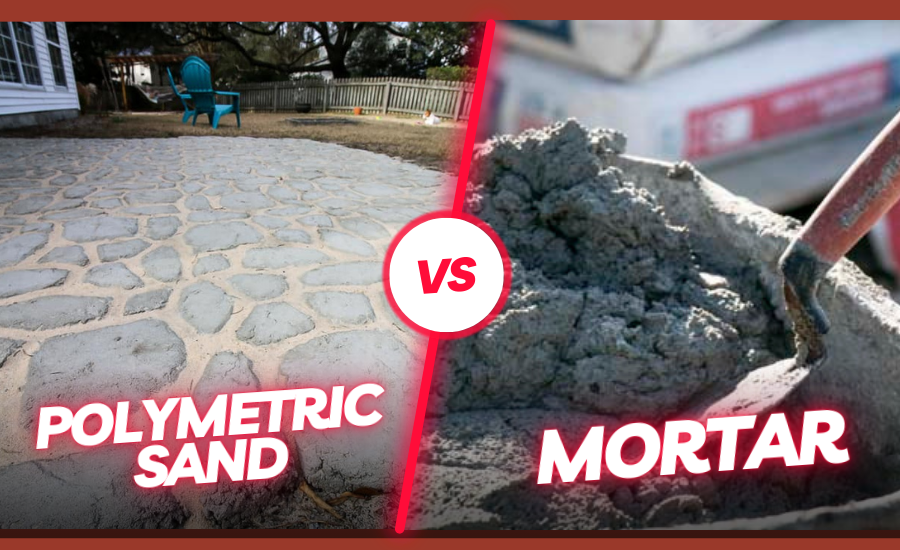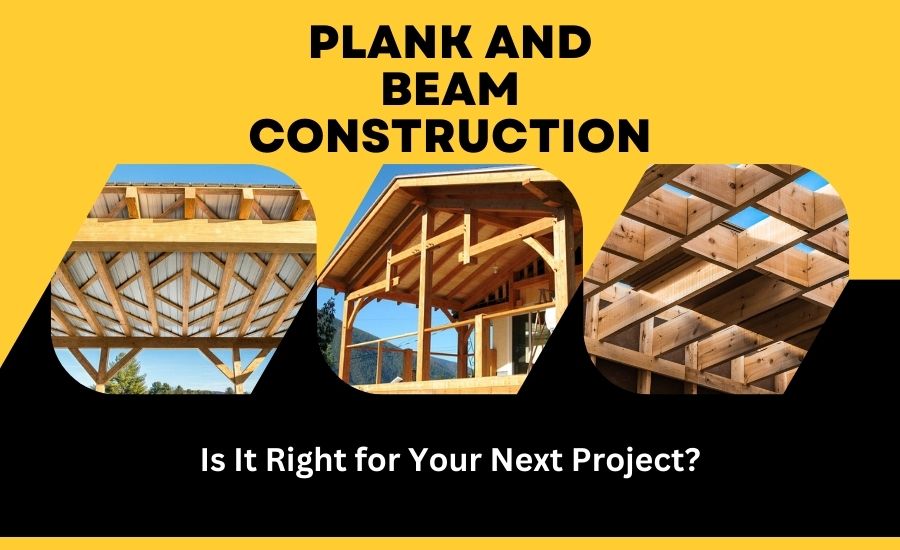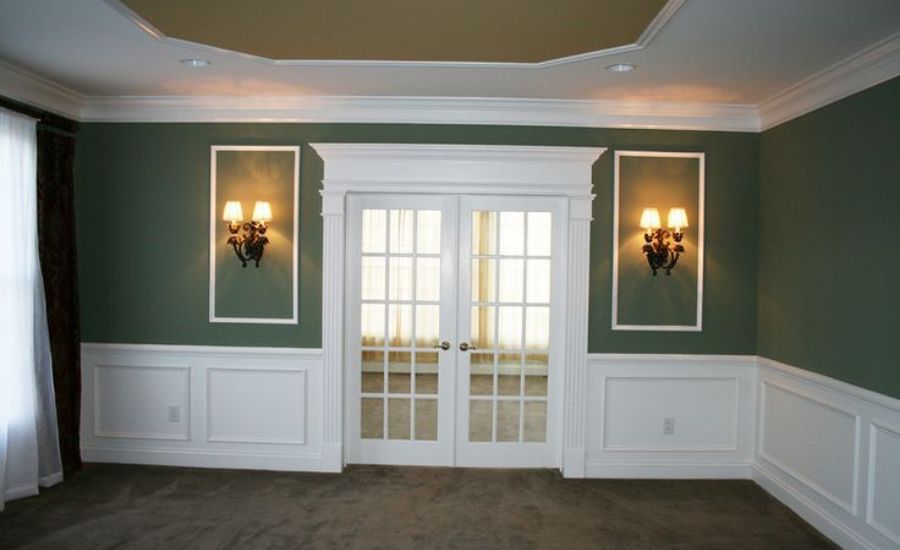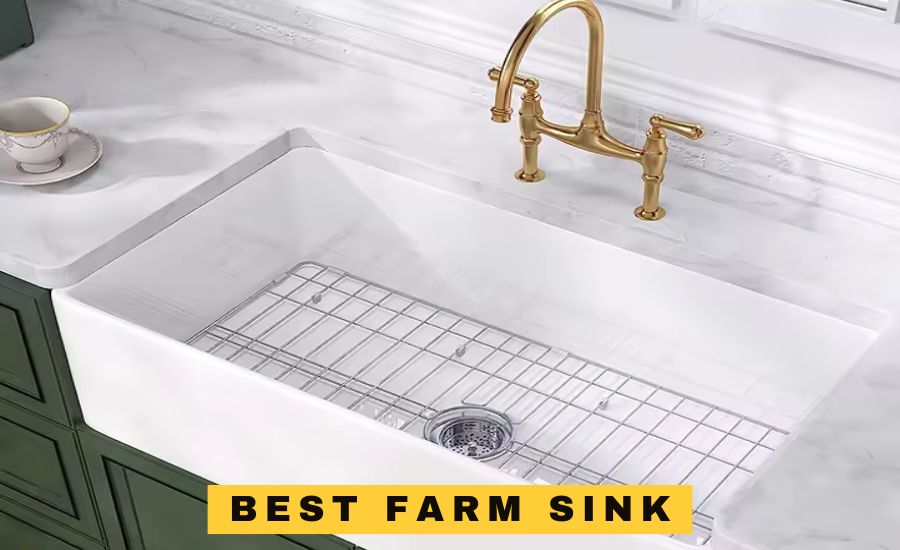
When tackling a construction or landscaping project, choosing the right materials is critical for durability and aesthetics. Two materials often compared are polymetric sand and mortar. While they might seem similar, their applications, properties, and benefits differ significantly. Choosing the right material can significantly impact the longevity, appearance, and functionality of your project.
This guide will help you understand these materials in-depth, so you can make the right choice for your next project.
What Is Polymetric Sand?
Polymetric sand is a modern construction material primarily used in landscaping to fill the joints between pavers, tiles, or stones. Unlike regular sand, it contains polymer additives that harden when moistened, locking the pavers in place and creating a firm yet slightly flexible surface.
Key Properties of Polymetric Sand
- Flexibility: Polymetric sand adjusts slightly to accommodate minor movements caused by soil settling or temperature changes, reducing the risk of cracks.
- Hardening Ability: When activated with water, the sand bonds together, forming a durable layer that stabilizes the joints.
- Resistance to Weeds and Pests: The hardened surface discourages weed growth and keeps out pests like ants and termites (source: Landscaping Network).
- Erosion Prevention: It resists water runoff and wind erosion, making it ideal for outdoor applications.
Common Applications for Polymetric Sand
- Patios and Walkways: It’s perfect for creating stable surfaces in high-traffic areas.
- Driveways: Provides extra stability for pavers in areas exposed to vehicle weight.
- Decorative Pathways: Enhances the visual appeal while maintaining practicality.
Benefits of Polymetric Sand
- Ease of Use: Its simple application process makes it a popular choice for DIY projects.
- Long-lasting Performance: With proper installation, it can significantly reduce maintenance needs over time.
- Aesthetic Options: Available in various colors to complement the design of your outdoor space.
Limitations of Polymetric Sand
- Precision Required: Installation demands careful cleaning and application to activate properly.
- Vulnerability to Weather Extremes: Freeze-thaw cycles can cause damage if the base isn’t prepared adequately.
- Not Suitable for Wide Joints: It works best in joints that are narrow and evenly spaced.
Step-by-Step Guide to Using Polymetric Sand
- Clean the Joints: Remove debris and ensure the joints are dry.
- Fill the Gaps: Spread the sand evenly over the surface and sweep it into the joints.
- Compact the Surface: Use a vibrating plate compactor to ensure the sand settles properly.
- Mist with Water: Lightly spray the surface to activate the polymers. Avoid overwatering (source: Techo-BlocInstallation Guide).
What Is Mortar?
Mortar is a time-tested material used for bonding masonry units such as bricks, stones, or tiles. It’s made from a mixture of cement, sand, lime, and water, creating a paste that hardens over time to form a solid, inflexible bond. Mortar has been a cornerstone of construction for centuries, owing to its strength and versatility.
Key Properties of Mortar
- Structural Integrity: Mortar hardens into a rigid material, ideal for load-bearing applications.
- Versatility: It works with a variety of masonry materials, from bricks to tiles.
- Durability: Properly mixed and applied mortar can last for decades under normal conditions.
Common Applications for Mortar
- Walls and Foundations: Used to bond bricks or stones in vertical or horizontal structures.
- Tiling Projects: Provides a stable adhesive layer for interior or exterior tiles.
- Masonry Repairs: Ideal for filling cracks or replacing deteriorated joints.
Different Types of Mortar
- Type N: Suitable for general-purpose masonry, offering moderate strength (source: Masonry Institute ofAmerica).
- Type S: A stronger mortar, perfect for below-grade applications or heavy loads.
- Type M: High-strength mortar for structural applications like retaining walls.
- Type O: Low-strength mortar used in non-load-bearing projects or for aesthetic purposes.
Benefits of Mortar
- Unmatched Strength: Essential for structural applications that require stability.
- Weather Resistance: Withstands exposure to the elements when properly mixed.
- Customizable Mix: The proportions of sand, cement, and lime can be adjusted to suit specific needs.
Limitations of Mortar
- Rigid Nature: It’s prone to cracking if the substrate shifts significantly.
- Skill-Intensive Application: Requires precise mixing and expertise to apply correctly.
- Time-Consuming: Mortar projects generally demand more time and labor compared to polymetric sand.
Polymetric Sand vs. Mortar: Key Differences
| Feature | Polymetric Sand | Mortar |
| Primary Use | Stabilizing paver joints | Bonding masonry units |
| Flexibility | Slightly flexible | Rigid and inflexible |
| Installation | Quick and DIY-friendly | Requires skill and precision |
| Durability | Long-lasting for joint stabilization | Strong for structural applications |
| Cost | Lower for smaller-scale projects | Higher, depending on labor and materials |
How to Choose the Right Material
Project Type
- Polymetric sand is ideal for non-structural installations like paver walkways and decorative pathways.
- Mortar is better suited for load-bearing or permanent structures like walls or chimneys.
Aesthetic Considerations
- Polymetric sand offers neat, uniform joints and comes in multiple colors.
- Mortar provides a more traditional look, but customization options are limited.
Skill Level
- Polymetric sand is user-friendly and perfect for DIY enthusiasts.
- Mortar requires experience and precision for optimal results.
Conclusion
Both polymetric sand and mortar are indispensable materials for construction and landscaping. Polymetric sand shines in stabilizing pavers, offering flexibility and a polished appearance for outdoor projects. Mortar, however, is unmatched in providing structural support for masonry and load-bearing installations.
Understanding the differences between these materials ensures you choose the best option for your project, saving time, money, and effort in the long run. Whether you’re a DIY enthusiast or hiring a professional, selecting the right material will ensure a durable and visually appealing result.
For more information and technical guidance, visit authoritative resources like the Landscaping Network, the PortlandCement Association, and the Masonry Institute of America.





